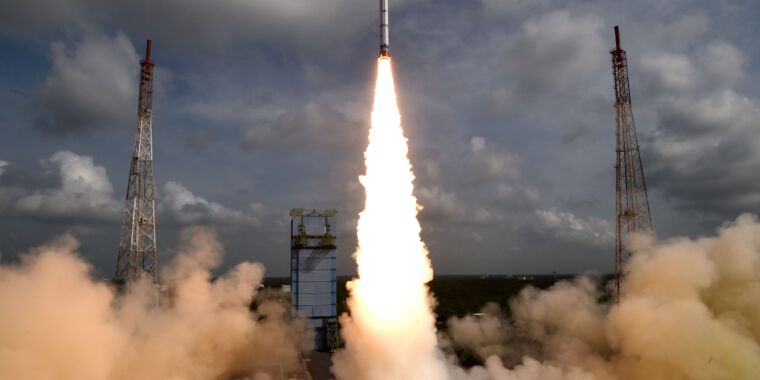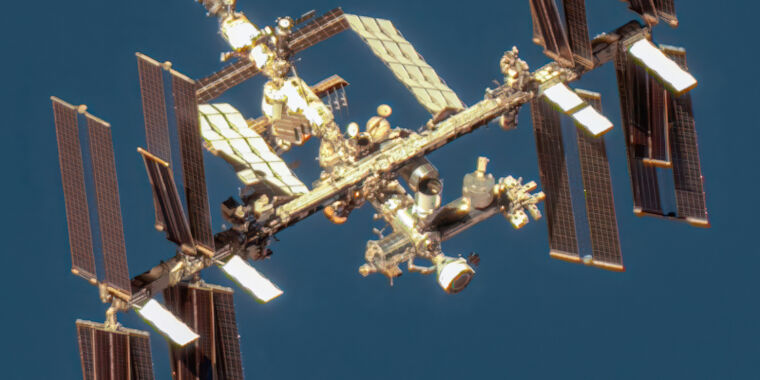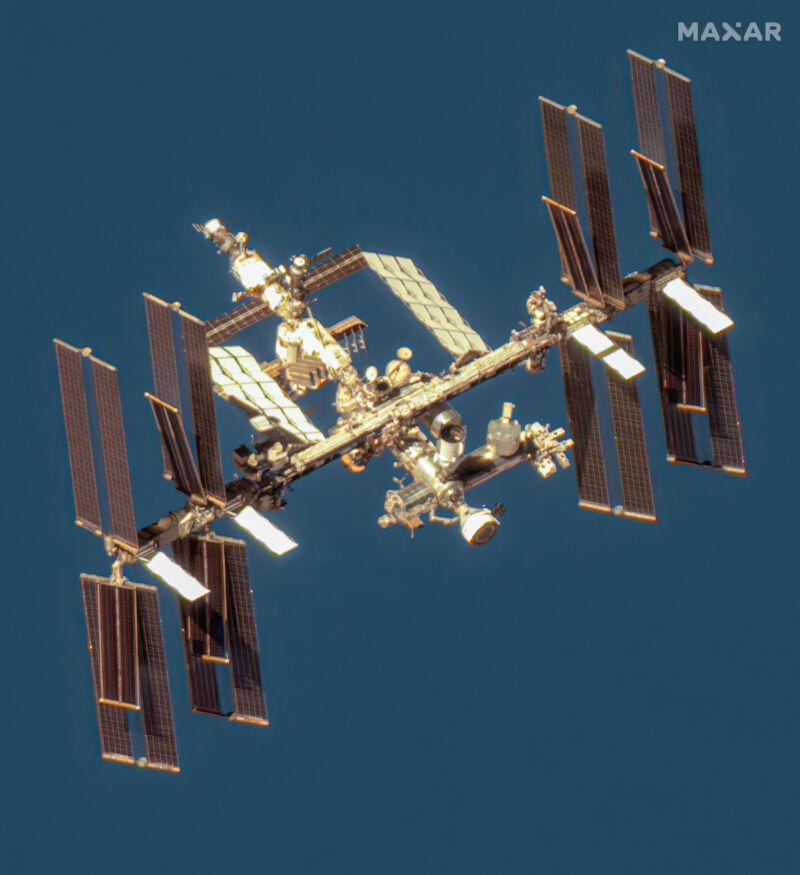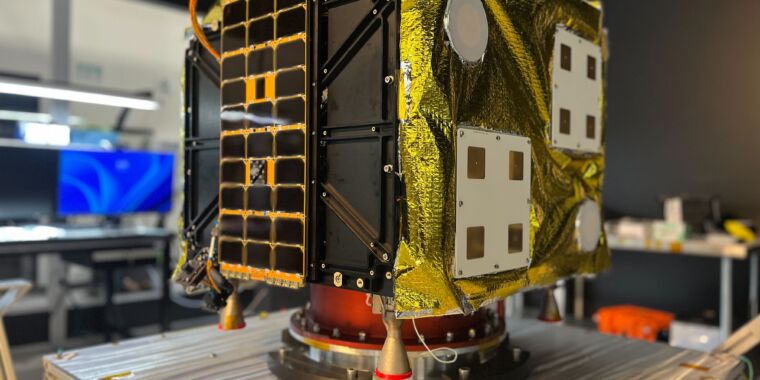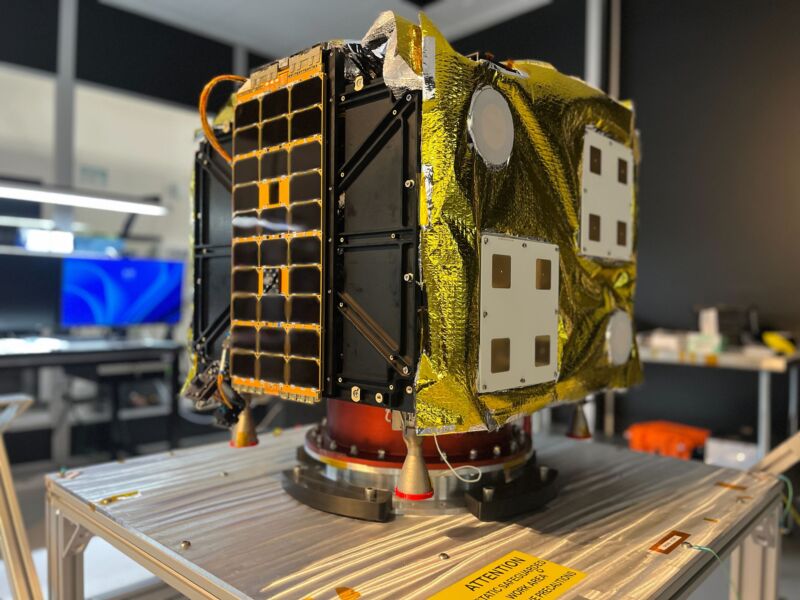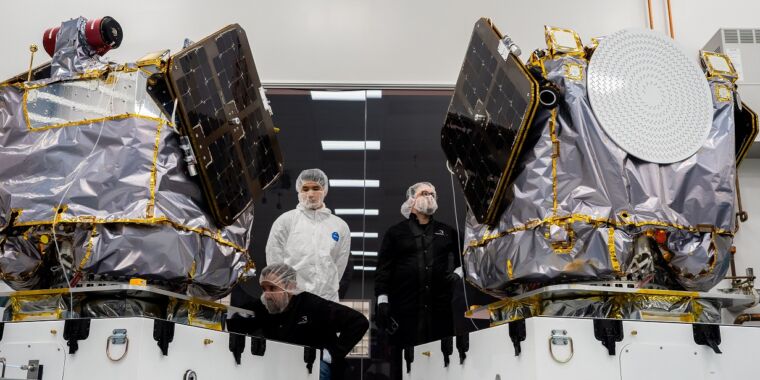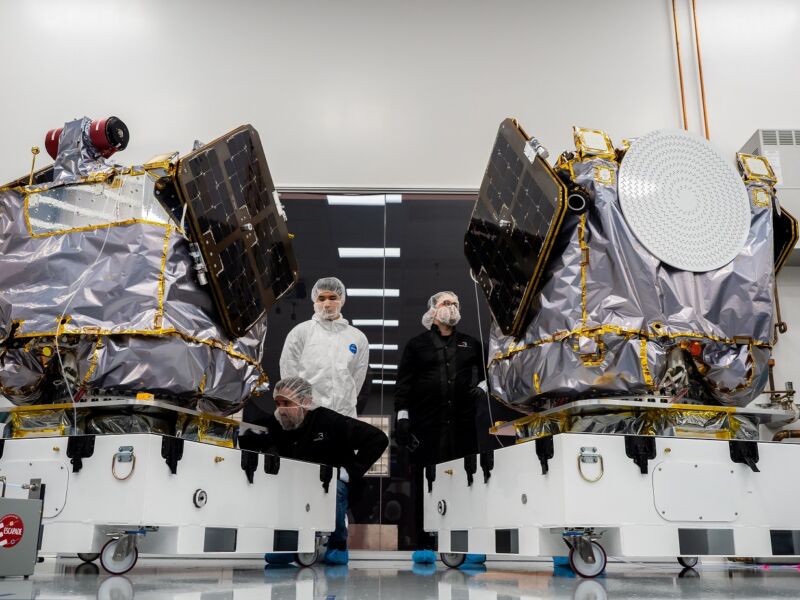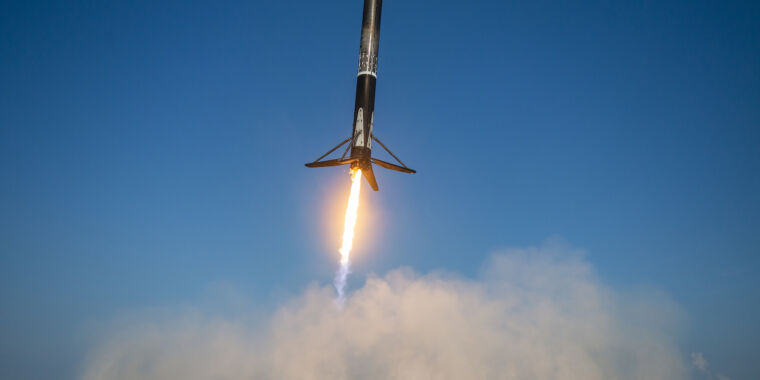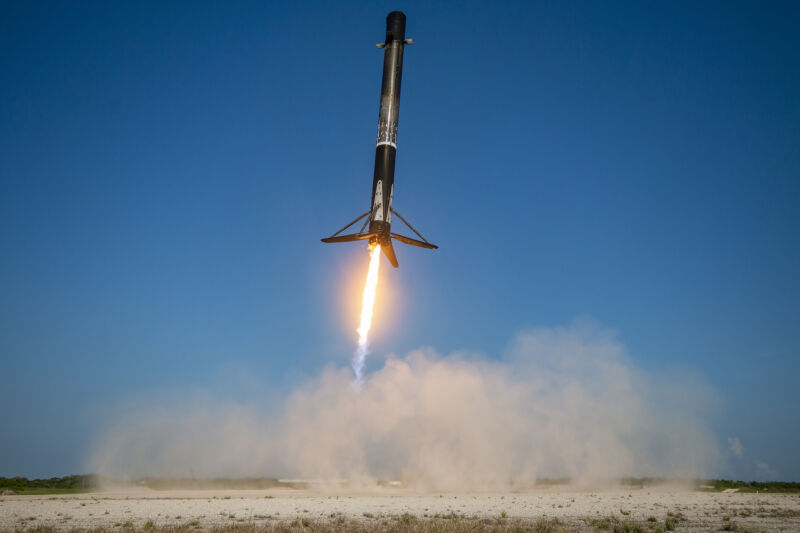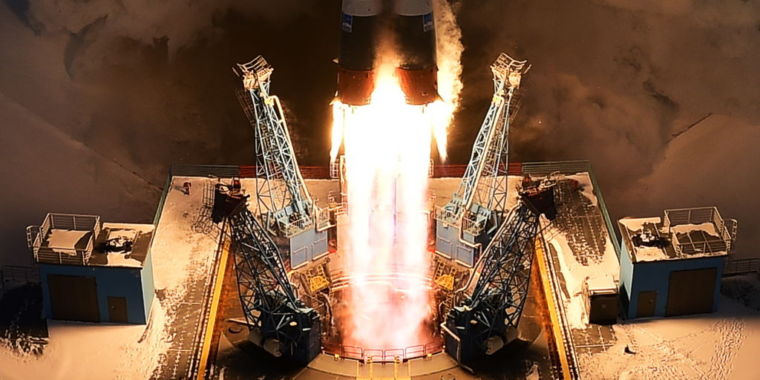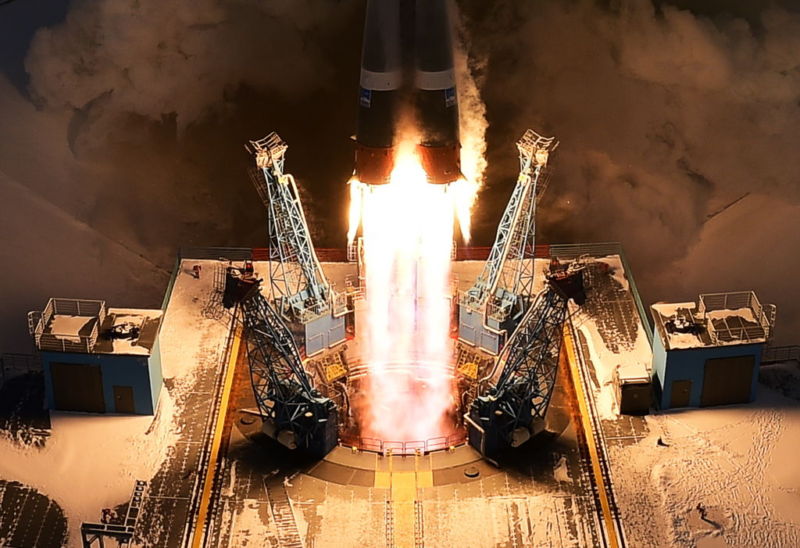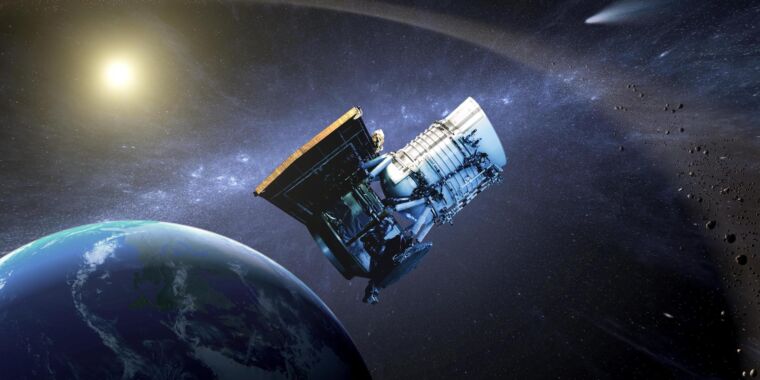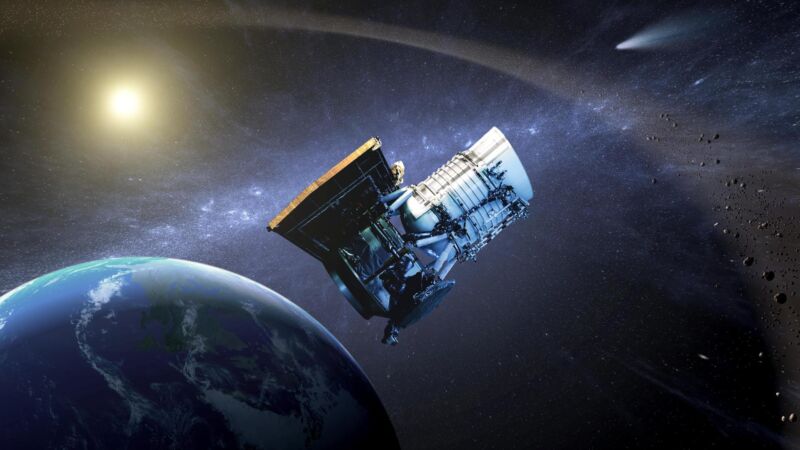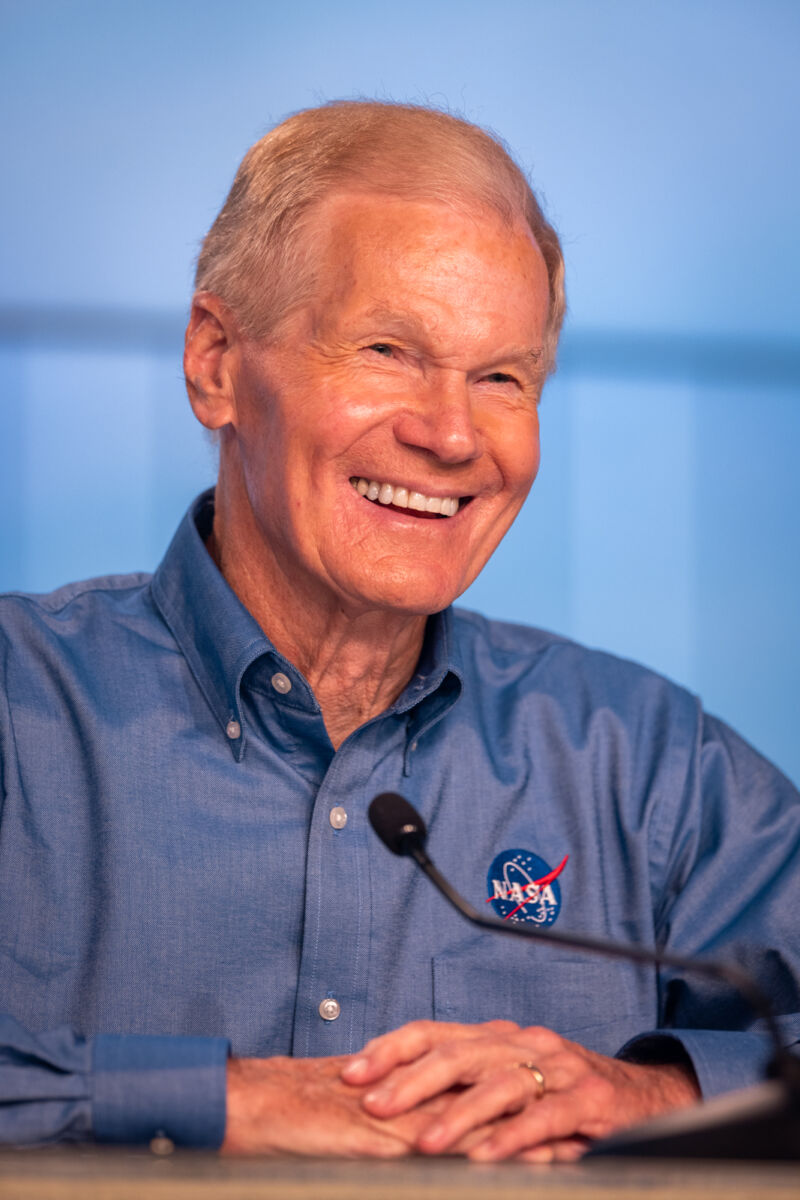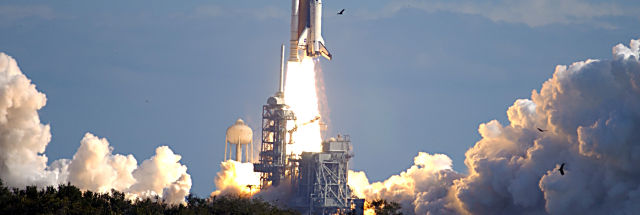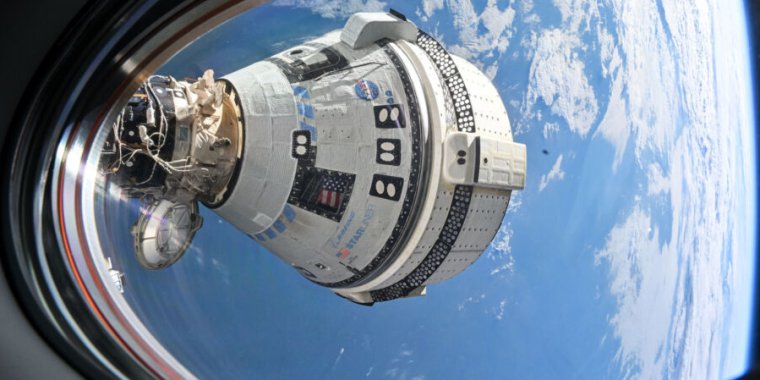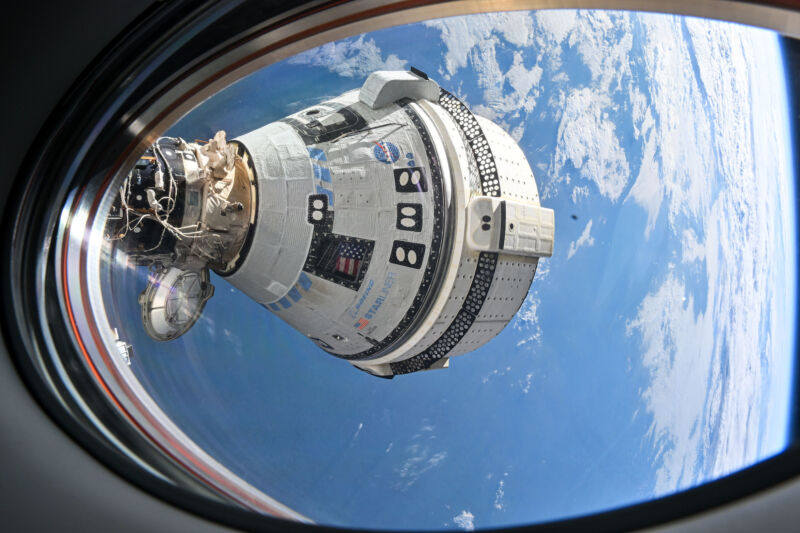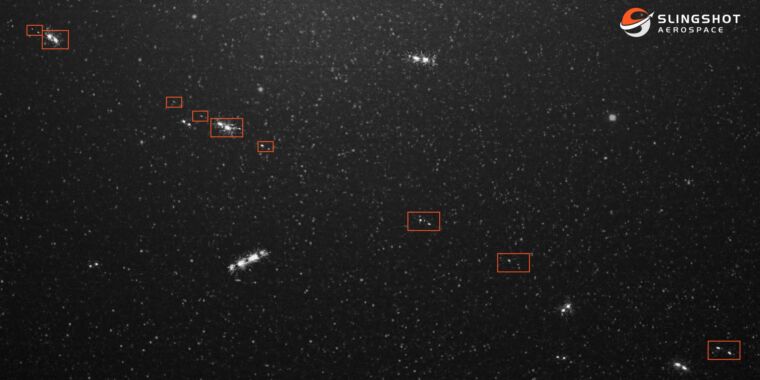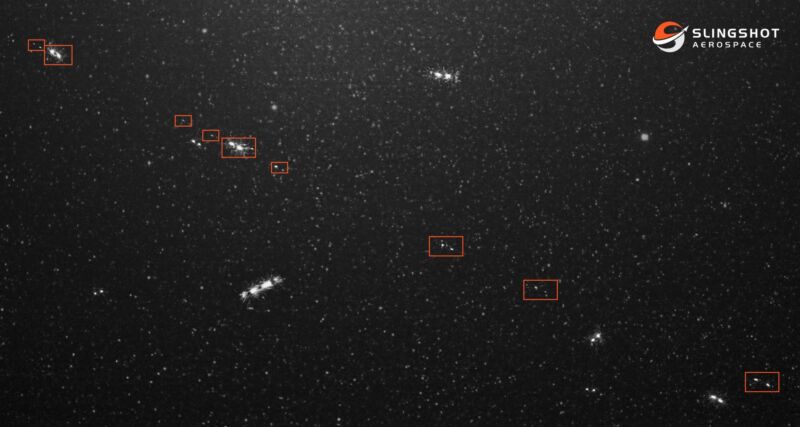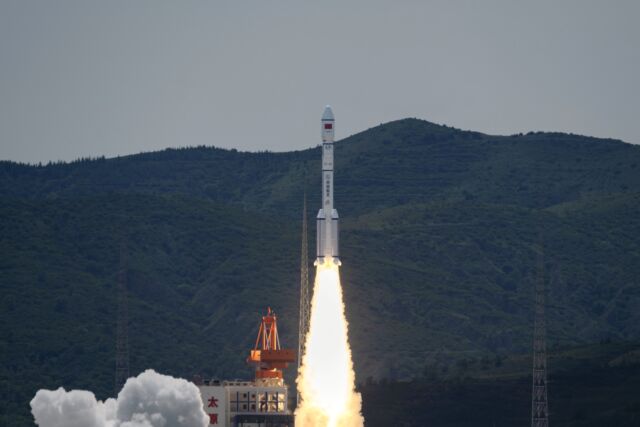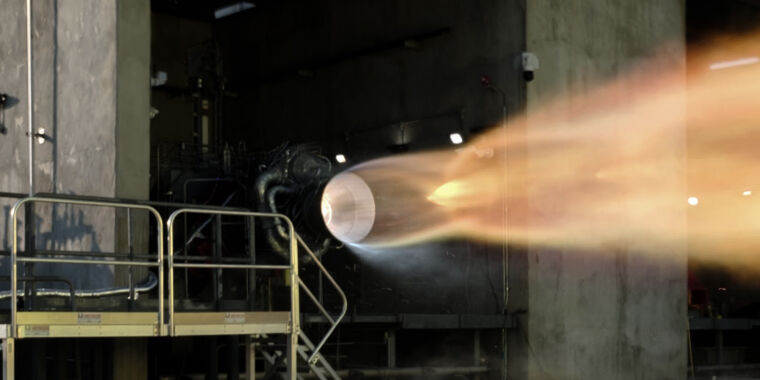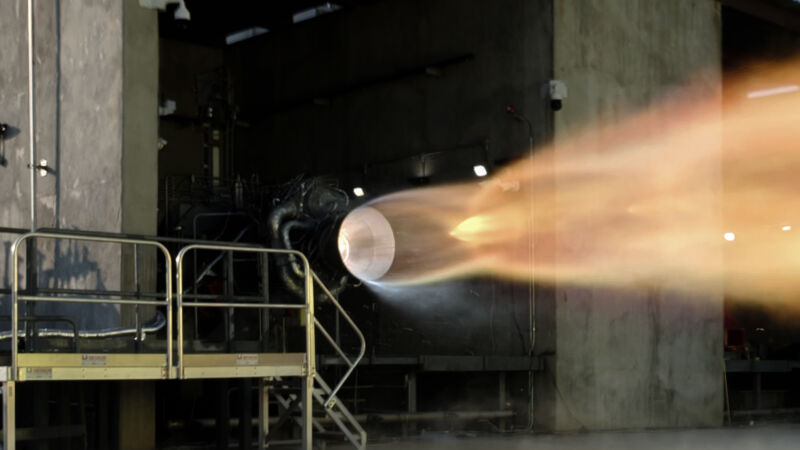Rocket Report: A ULA sale tidbit; Polaris Dawn mission is on deck
Flying high —
“The idea is to learn as much as we possibly can about this suit.”
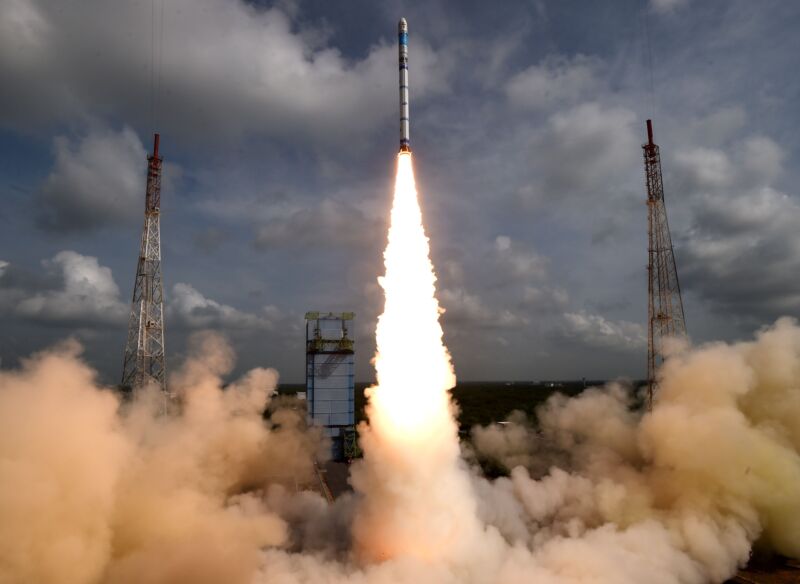
Enlarge / India’s Small Satellite Launch Vehicle launched for the third time this week.
ISRO
Welcome to Edition 7.08 of the Rocket Report! Lots of news as always, but what I’m most interested in is the launch of the Polaris Dawn mission. If all goes as planned, the flight will break all sorts of ground for commercial spaceflight, including the first-ever private spacewalk. Best of luck to Jared Isaacman and his crew on their adventurous mission.
As always, we welcome reader submissions, and if you don’t want to miss an issue, please subscribe using the box below (the form will not appear on AMP-enabled versions of the site). Each report will include information on small-, medium-, and heavy-lift rockets as well as a quick look ahead at the next three launches on the calendar.

RFA One blows up a booster. The first stage of Rocket Factory Augsburg’s first orbital launcher was destroyed in a fireball during a test-firing Monday evening at a spaceport in Scotland, Ars reports. It’s a notable event for the European commercial space industry as the German launch startup aimed to send its first rocket into space later this year and appeared to be running ahead of several competitors in Europe’s commercial launch industry that are also developing rockets to deploy small satellites in orbit. BBC obtained video of the fiery explosion.
Now comes the hard work of an anomaly investigation … In a statement, RFA said there was “an anomaly that led to the loss of the stage” Monday evening. The company said no one was injured and reported that the launch pad had been “saved and secured.” This was the same rocket RFA planned to launch on its inaugural test flight. The hot fire test Monday was the first with all nine engines on RFA One’s first stage. “We are now working closely with SaxaVord Spaceport and the authorities to gather data and info to eventually resolve what happened,” RFA said. “We will take our time to analyze and assess the situation.” On Thursday, the cause was attributed to a turbopump fire. (submitted by SPHK_Tech, gizmo23, brianrhurley, Jay500001, and Ken the Bin)
Orbex says it’s targeting a 2025 launch, but get real. UK-based Orbex is now projecting a 2025 first launch of its small launch vehicle, the company’s chief executive told Space News recently. Phil Chambers, chief executive of the United Kingdom-based company, said the company was making progress on both its Prime small rocket and launch site at Sutherland Spaceport in northern Scotland. “We are shooting for a 2025 launch,” Chambers said but declined to be more specific about a launch date other than to say that the company wanted to avoid a launch in winter because of poor weather conditions. “But I do want it to be 2025.”
Shooting to be the first orbital launch success from the UK … There is an interesting detail in the story that caught my eye: “Vehicle subsystems are going through critical design reviews, with some flight hardware under construction.” Let’s be honest, if they’re still working through the critical design review process for subsystems, the chance of a launch in 2025 is zero, and honestly for a company founded in 2015 it should not provide much confidence that the company will ever successfully launch an orbital rocket. (submitted by EllPeaTea)
The easiest way to keep up with Eric Berger’s space reporting is to sign up for his newsletter, we’ll collect his stories in your inbox.
SSLV makes its third launch. India successfully launched its third Small Satellite Launch Vehicle on Thursday, placing an Earth observation satellite into orbit and completing the solid rocket’s development process, Space News reports. The rocket carried the experimental Earth observation EOS-08 spacecraft into its intended 475-kilometer circular orbit for the Indian Space Research Organization.
Two for three … According to ISRO chairman S. Somanath, the successful completion of the SSLV’s development phase paves the way for technology transfer to Indian industry, enabling serial production and operational deployment of the SSLV. The first SSLV flight failed in August 2022 when an upper stage malfunction left its payloads stranded in a very low orbit. The second launch, in February 2023, was successful. (submitted by Ken the Bin)
Indian firm plans suborbital launch. A Chennai-based startup, Space Zone India, plans to launch its Rhumi-01 suborbital rocket on Saturday from a mobile launcher. The hybrid vehicle, combining both solid and liquid rocket propellants, will carry three cubesats and 50 smaller picosats on its debut launch, the New Indian Express reports.
Seeking to recycle rockets … According to the company’s website, the Rhumi launch vehicle can reach an altitude of about 30 km. The three cubesats are designed to monitor and collect data on atmospheric conditions, including cosmic radiation intensity, UV radiation intensity, air quality, and more. The company said most of the rocket is designed to be recoverable and reused. (submitted by brianrhurley)

Sierra Space kicking the tires on ULA. Boeing and Lockheed Martin are in talks to sell their rocket-launching joint venture United Launch Alliance to Sierra Space, Reuters reports. A deal could value ULA at around $2 billion to $3 billion, sources told the publication. A potential deal would be an ambitious move for Sierra Space, spun off from Sierra Nevada in 2021 to focus on bringing to market its long-delayed Dream Chaser spaceplane. A deal with ULA could give the company a rocket, Vulcan, for uncrewed and potentially crewed launches of Dream Chaser.
A source believes the deal is unlikely … ULA has been up for sale, actively, for more than a year. Blue Origin and Cerberus Capital Management had placed bids in early 2023 for the company, but none of those offers resulted in a deal. I heard about Sierra’s interest last Friday, but the Reuters story came out before I could write something up. I will say, from the reporting I have been able to do, that the discussions between Sierra and ULA’s owners were serious and substantial. However, at this time, my best information indicates that a sale is unlikely to happen. The parents believe ULA is worth more than Sierra is willing to pay. Sierra would also need to borrow substantially to make any transaction happen. (submitted by Hacker Uno and Ken the Bin)
Rocket Report: A ULA sale tidbit; Polaris Dawn mission is on deck Read More »
